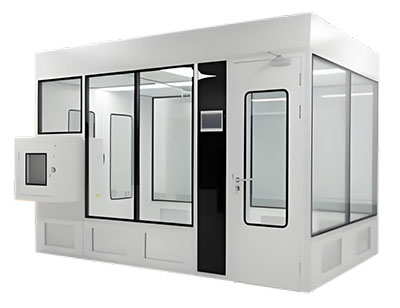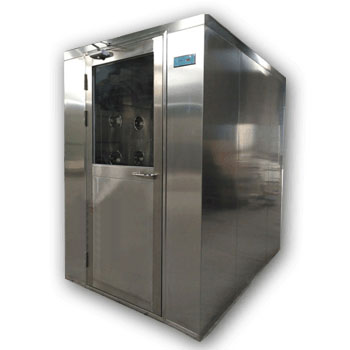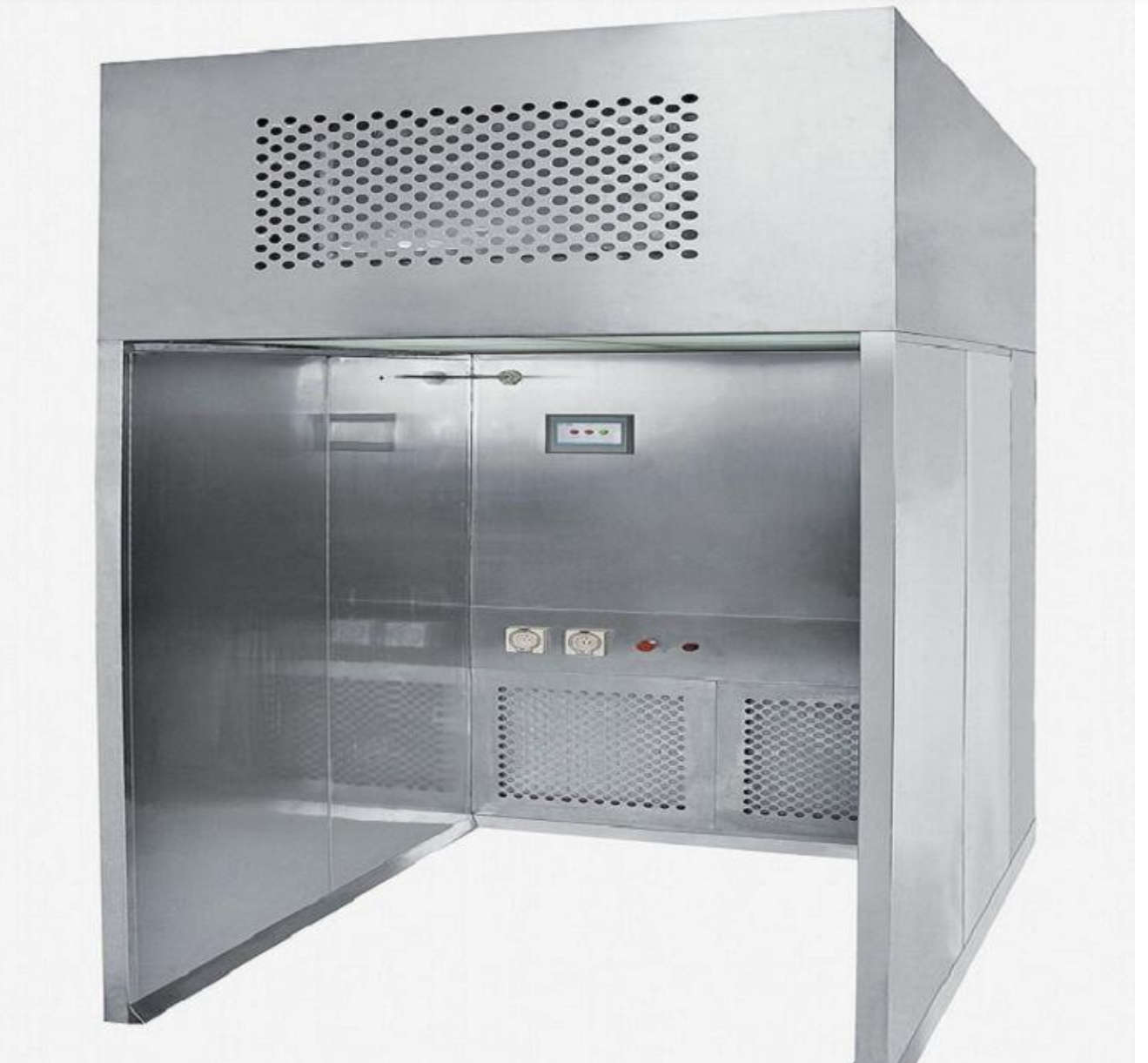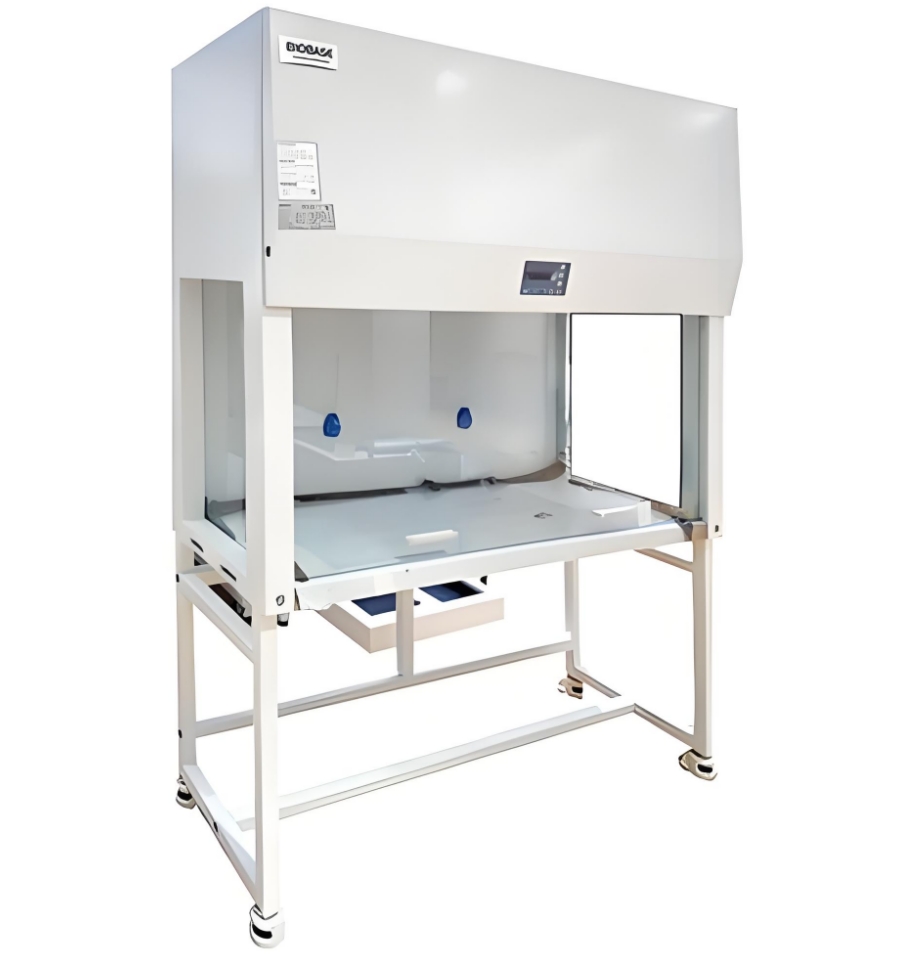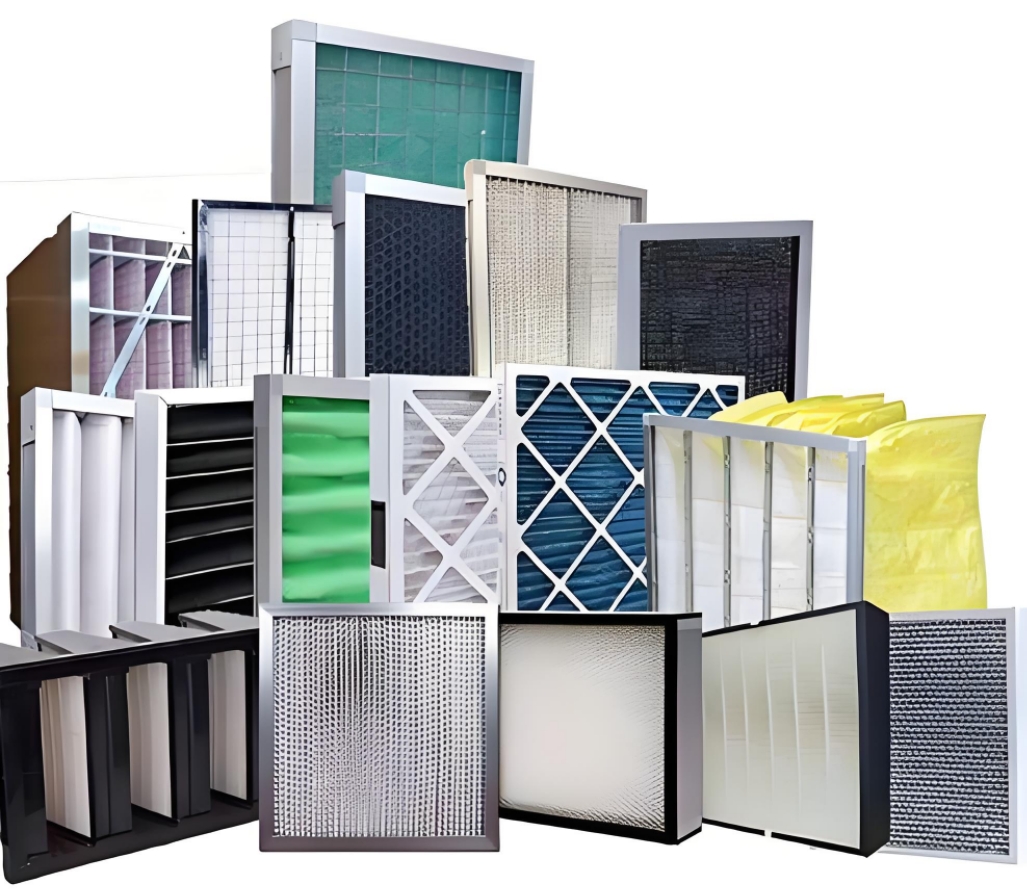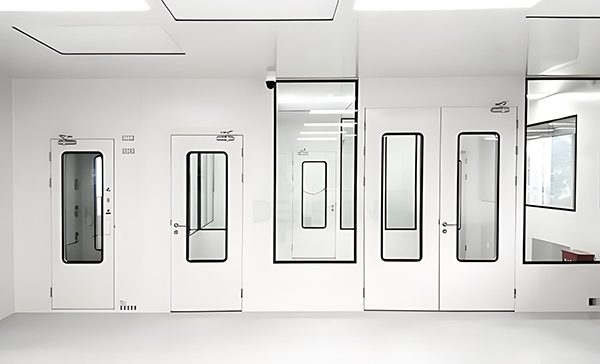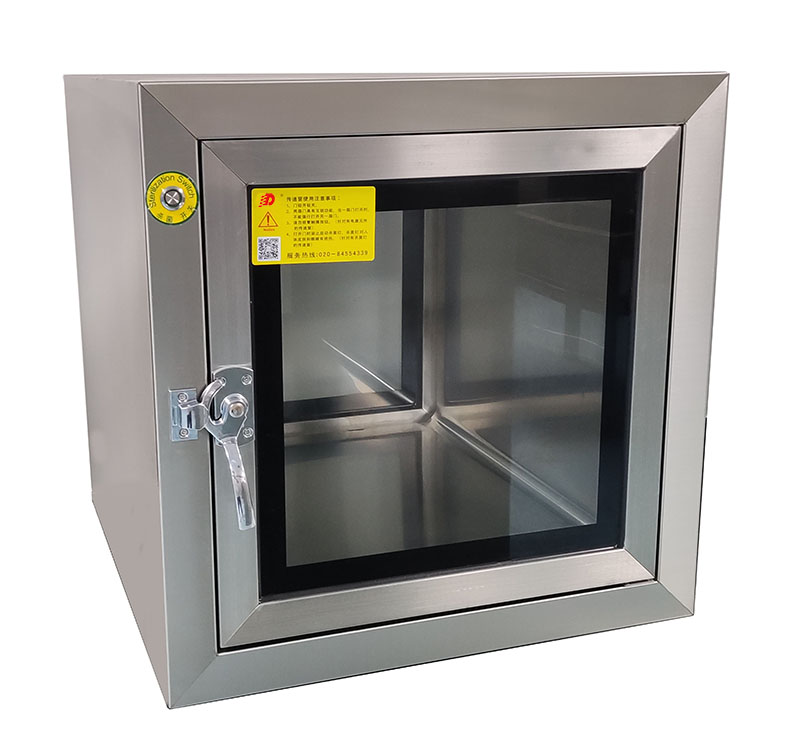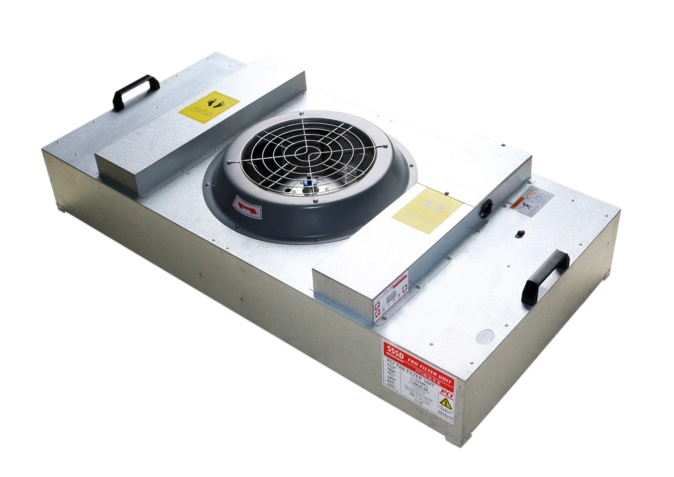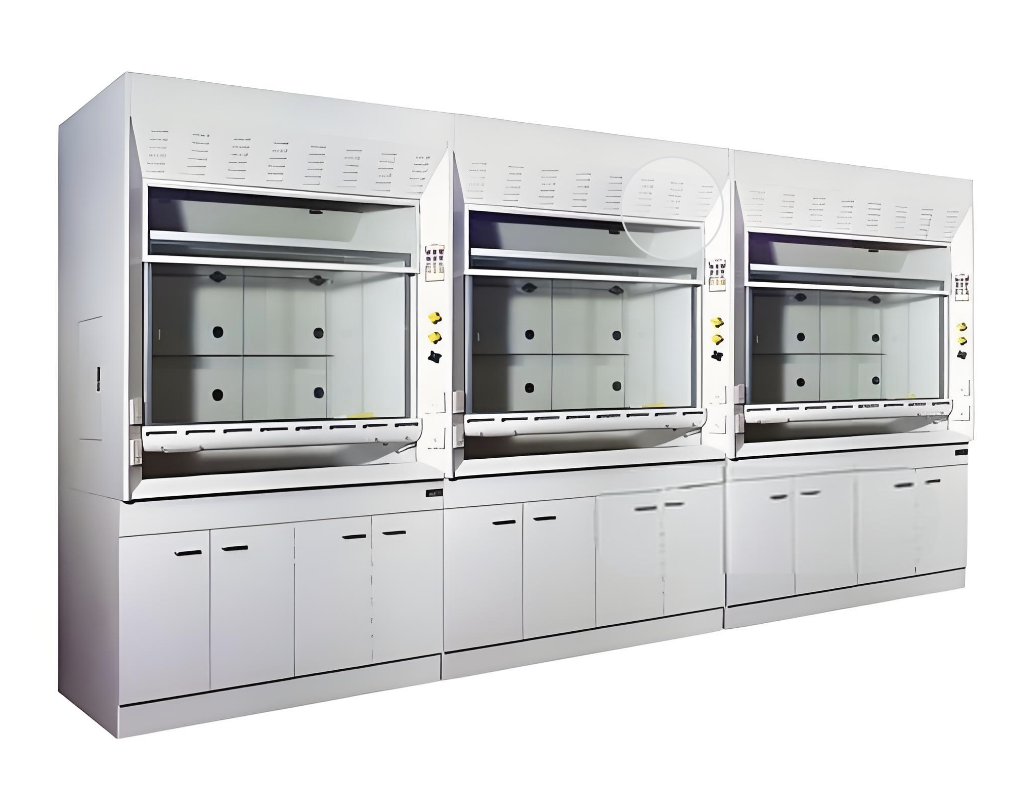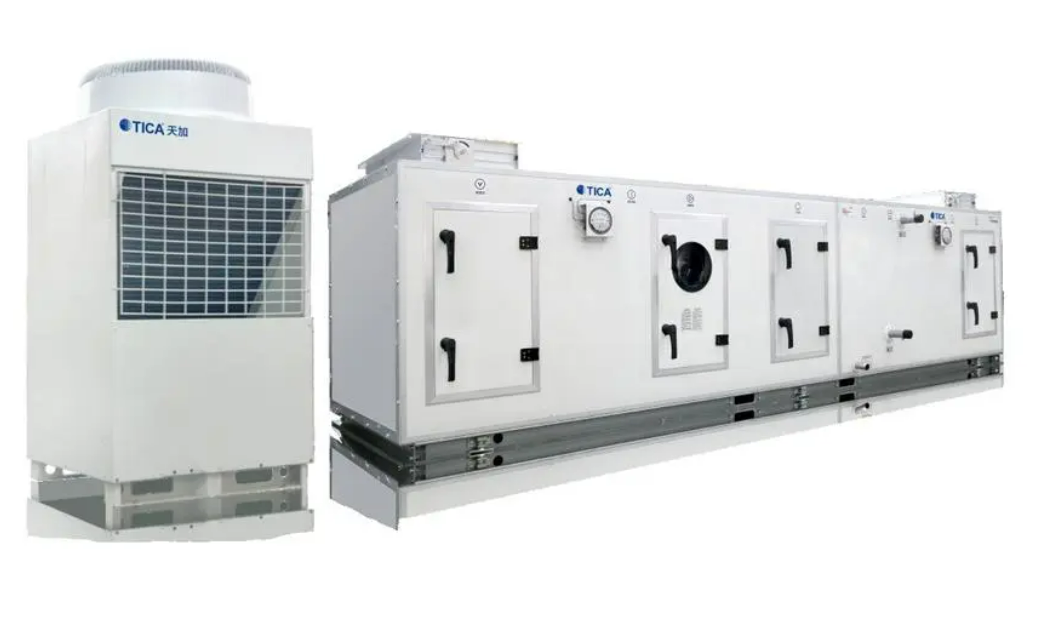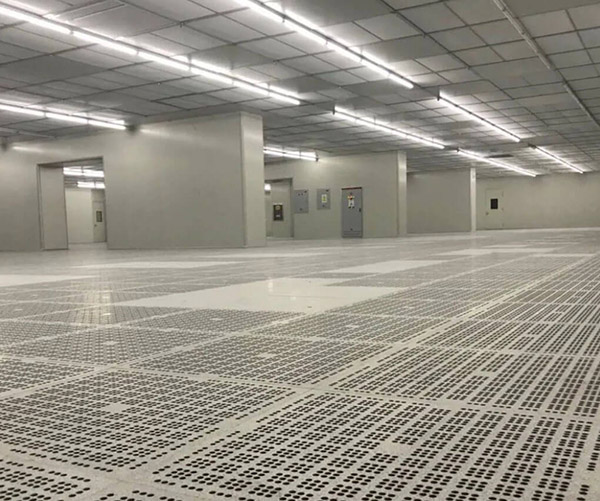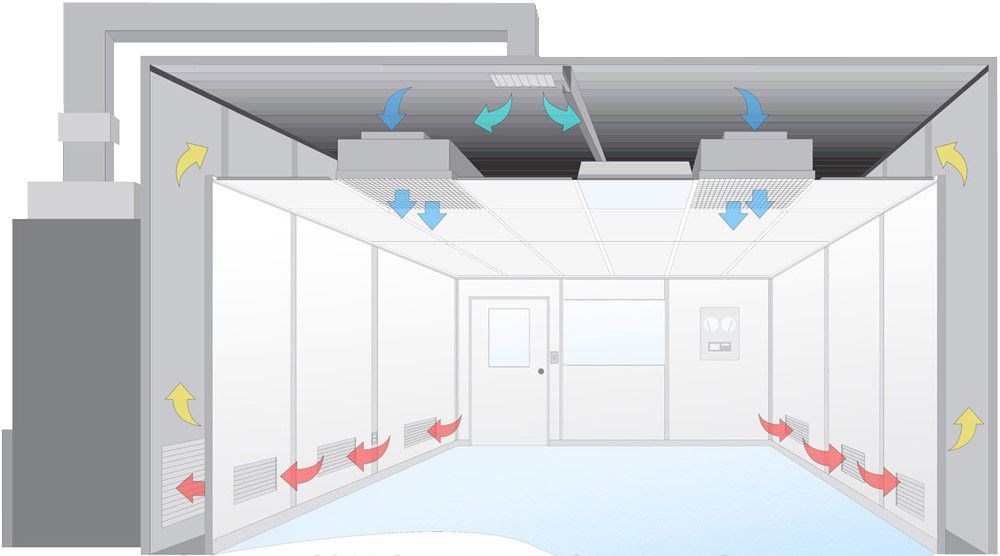Ensuring Stem Cell Transplantation Success in a Clean bench Environment
Key practices to maintain sterility, minimize contamination, and optimize cell viability
How to Ensure Success Rate of Stem Cell Transplantation
Use of hepa Filters
clean benches should be equipped with HEPA (High-Efficiency Particulate Air) filters to create an ultra-clean, sterile environment by removing airborne particles and pathogens, crucial for stem cell handling.
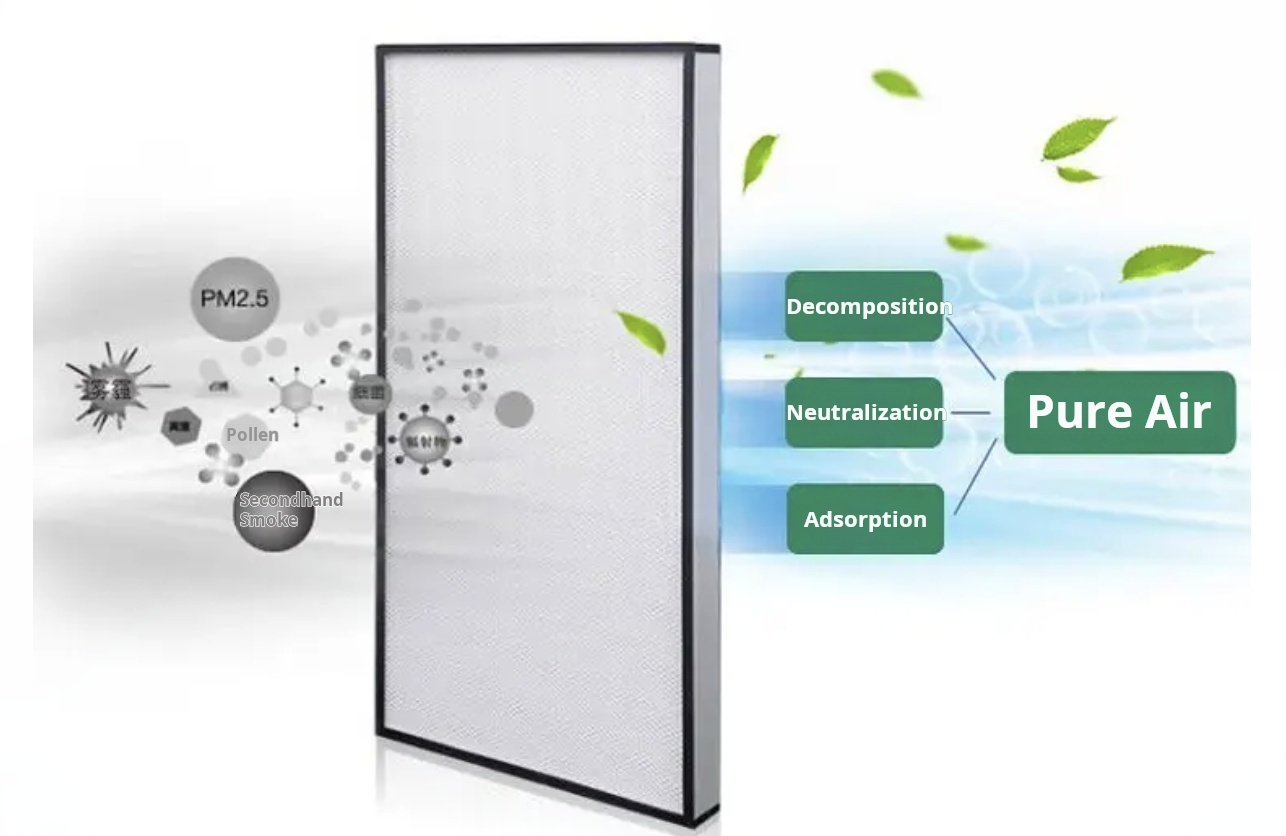
Sterile Techniques
Sterile techniques are critical in laboratory settings, particularly when handling sensitive materials such as stem cells or tissue cultures. Maintaining sterility helps prevent contamination, which could compromise the integrity of experiments or affect the health of test subjects.
Key Steps in Sterilization:
| Step | Description |
|---|---|
| Sterilize all equipment | Instruments such as pipettes, tweezers, and culture flasks should be autoclaved or sterilized using appropriate methods. |
| Sterilize tools and surfaces | Wipe down all surfaces of the clean bench and laboratory tools with disinfectants. |
| Sterilize consumables | Reagents, culture media, and other materials should be filtered, autoclaved, or irradiated. |
In addition to sterilization, researchers must adhere to strict aseptic techniques, including washing hands, wearing appropriate protective gear, and working in a laminar flow hood.
Controlled Environment
Regular monitoring of the temperature, humidity, and airflow within the clean bench is essential to maintain the ideal conditions for stem cell survival and function.
Proper Handling of Stem Cells
Proper handling of stem cells is vital to preserve their viability and functionality. Stem cells are sensitive to environmental conditions like temperature, pH, and contamination, so it’s essential to minimize exposure to air and light.
Optimal Culture Conditions:
- Temperature: Maintained at 37°C
- CO2 Levels: Approximately 5%
- Humidity: Properly controlled to prevent drying
- Sterile reagents and media to avoid contamination
The physical manipulation of stem cells should also be done carefully to minimize damage. Over-handling or excessive use of enzymatic treatments can affect the stem cells' health and function.
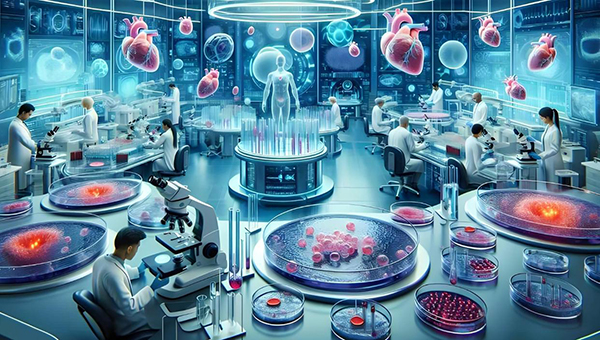
Regular Cleaning and Disinfection
The clean bench and all surfaces in the workspace should be cleaned and disinfected regularly using appropriate sterilizing agents to maintain a contaminant-free environment.
By combining these practices, researchers can significantly improve the success rate of stem cell transplantation and ensure the reliability of their experimental results.
Ensuring Stem Cell Transplantation Success © 2025
 +86 18186671616
+86 18186671616 Jason@cleanroomequips.com
Jason@cleanroomequips.com
 MENU
MENU

